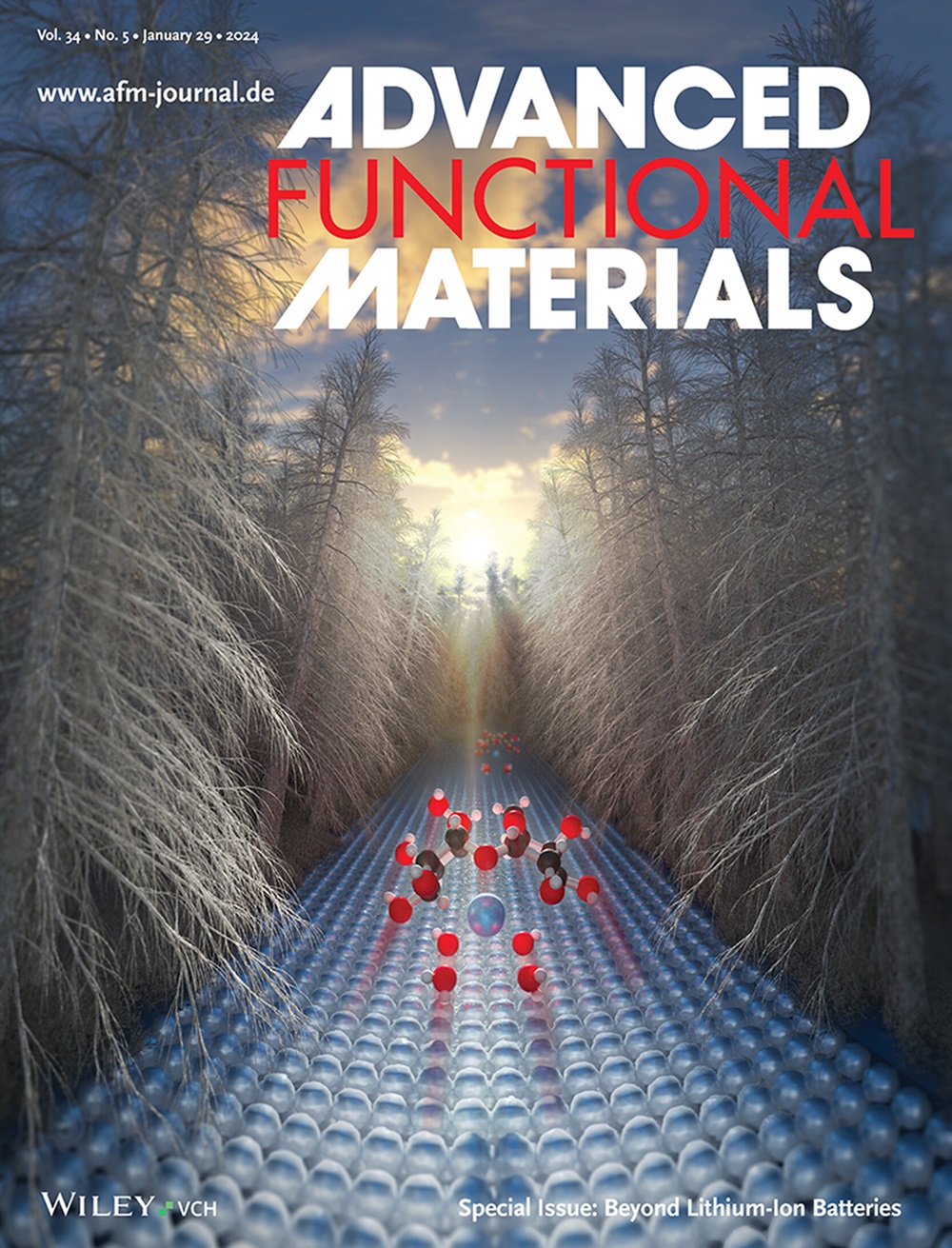Tungsten Sulfide with Expanded Interlayer for Long-Life and Wide-Temperature Mg-Ion Batteries
IF 18.5
1区 材料科学
Q1 CHEMISTRY, MULTIDISCIPLINARY
引用次数: 0
Abstract
Magnesium ion batteries (MIBs) receive concentrated attention owing to their high intrinsic advantages such as theoretical volumetric energy densities. However, poor cycling performances and low-temperature electrochemical properties remain major technical issues in MIBs. Electrode materials impose a great influence on the electrochemical characteristics of MIBs. 2D transition metal dichalcogenides (TMDs) are potentially excellent electrode materials for MIBs on account of their open framework and outstanding electrochemical characteristics. In this work, the pre-intercalation modification strategy is adopted to design the K+ pre-intercalated WS2 material as the electrode material of MIBs. Structural characterizations and density functional theory (DFT) calculations demonstrate that the Mg2+ diffusion barrier in the K+ pre-intercalated WS2 is effectively lowered accompanied by the interlayer expansion in the layered structure, aiding quick ion diffusion and reliable Mg2+ ion storage. Consequently, the K-WS2 electrode demonstrates excellent electrochemical performances, a reversible capacity of 217 mA h g−1 at 0.2 A g−1 with outstanding cycling stability. In addition, the K-WS2 electrode is capable of running smoothly at low temperatures, showing superior capacity preservation of 97% upon completion of 1000 cycles at −30 °C. This work supplies an uplifting means to the modification and optimization of cutting-edge electrode materials for MIBs.

求助全文
约1分钟内获得全文
求助全文
来源期刊

Advanced Functional Materials
工程技术-材料科学:综合
CiteScore
29.50
自引率
4.20%
发文量
2086
审稿时长
2.1 months
期刊介绍:
Firmly established as a top-tier materials science journal, Advanced Functional Materials reports breakthrough research in all aspects of materials science, including nanotechnology, chemistry, physics, and biology every week.
Advanced Functional Materials is known for its rapid and fair peer review, quality content, and high impact, making it the first choice of the international materials science community.
 求助内容:
求助内容: 应助结果提醒方式:
应助结果提醒方式:


